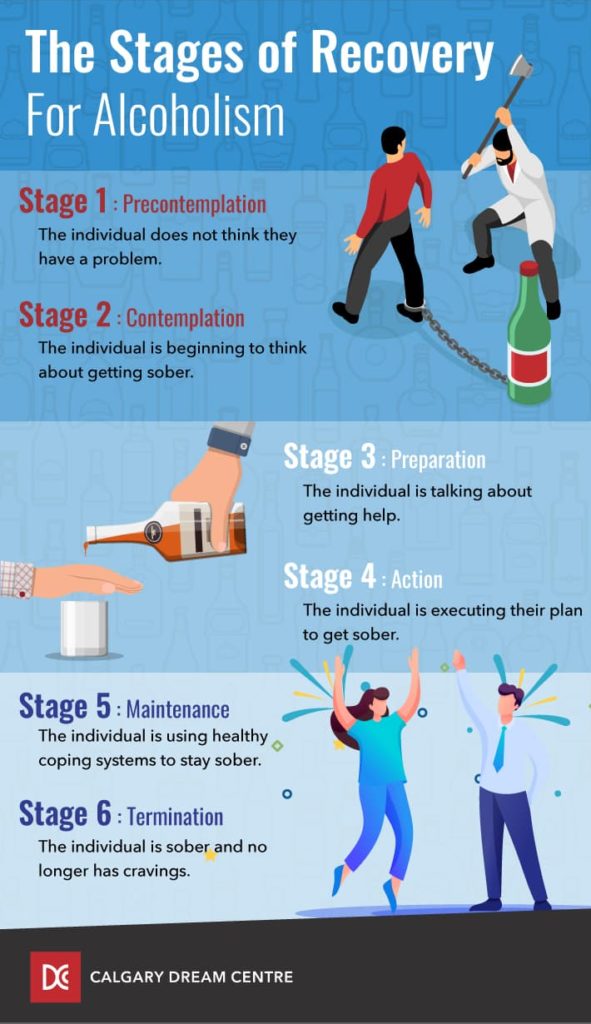Damaging Without Alcohol Addiction: Discovering the Sinclair Technique for Recuperation
Alcohol addiction is a complex and pervasive trouble that influences millions of individuals worldwide, usually leading to devastating repercussions for both the private and those around them. By utilizing the power of pharmacology and understanding the intricate operations of the brain, this method intends to minimize alcohol cravings and inevitably break the cycle of dependency.
The Science Behind the Sinclair Method
The Sinclair Approach is grounded in strenuous scientific research, providing a thorough understanding of the neurobiological systems underlying alcohol addiction and its therapy - Sinclair Method UK. This cutting-edge approach to alcohol dependency recovery is based upon the principle of medicinal extinction, which involves using an opioid antagonist medicine called naltrexone. Naltrexone jobs by blocking the brain's opioid receptors, which are involved in the support and reward paths connected with alcohol intake
The neurobiological devices underlying alcoholism involve the launch of endorphins and dopamine in response to alcohol usage, resulting in pleasurable sensations and reinforcing the wish to proceed drinking. In time, this reinforcement causes the development of compulsive alcohol-seeking actions and addiction.
The Sinclair Technique utilizes naltrexone to interrupt this reinforcement procedure. By obstructing the opioid receptors, naltrexone minimizes the release of endorphins and dopamine, consequently lessening the pleasant impacts of alcohol. Therefore, the mind's reward system is slowly re-trained, resulting in a decline in alcohol food cravings and consumption.
Various scientific researches have offered evidence for the performance of the Sinclair Approach in reducing alcohol consumption and advertising lasting abstaining. This research supports the notion that alcoholism is a treatable medical condition, and that pharmacological interventions, such as the Sinclair Technique, can play an essential role in accomplishing successful healing.
Comprehending Naltrexone and Its Function in Healing
Naltrexone plays an essential role in alcoholism recovery by disrupting the reinforcement process and reducing desires for alcohol. Naltrexone is a medication that comes from a course of medications called opioid receptor villains. It functions by blocking the effects of endorphins, which are naturally produced in the body and add to the pleasurable sensations related to alcohol consumption alcohol.
In the context of the Sinclair Technique, naltrexone is taken one hour before taking in alcohol. By blocking the endorphin release, naltrexone disrupts the support process that occurs when alcohol is eaten. This disruption deteriorates the association in between alcohol and pleasant sensations, inevitably reducing the need to consume alcohol.
In addition, naltrexone has actually been found to reduce desires for alcohol by acting upon the mind's reward system. It binds to the opioid receptors, preventing the release of dopamine, a natural chemical related to feelings of enjoyment and benefit. By decreasing the dopamine launch, naltrexone aids to decrease the craving for alcohol.
It is necessary to keep in mind that naltrexone must be utilized as part of a comprehensive therapy plan for alcoholism, including therapy and assistance. While naltrexone can be an efficient tool in lowering alcohol yearnings and advertising healing, it is not a standalone solution. Specialist guidance and recurring support are crucial for successful long-term healing.
How the Sinclair Technique Functions to Decrease Alcohol Cravings
The Sinclair Method runs by using the drug naltrexone to efficiently minimize cravings for alcohol. Naltrexone is an opioid receptor antagonist that works by blocking the impacts of endorphins, which are launched in reaction to alcohol usage. By obstructing these endorphins, naltrexone aids to interfere with the strengthening cycle of alcoholism.
When taken as prescribed, typically one hour before consuming alcohol, naltrexone helps to decrease the satisfying effects of alcohol. It does this by obstructing the opioid receptors in the mind, which are accountable for the blissful and rewarding experiences connected with alcohol consumption. Consequently, the need to proceed drinking and the cravings for alcohol are lessened.
The Sinclair Approach is one-of-a-kind in that it does not call for abstinence or complete cessation of alcohol consumption - Sinclair Method UK. Instead, it concentrates on decreasing the unmanageable and uncontrollable food view it cravings for alcohol that commonly bring about too much alcohol consumption. By progressively lowering the incentive and support connected with alcohol, the Sinclair Technique intends to assist people regain control over their drinking habits and ultimately reduce or eliminate their alcohol usage
It is essential to note that he said the Sinclair Technique ought to always be utilized under the advice of a medical care expert, as they can supply the required support and check the person's progression throughout the therapy process.
Success Stories: Real-Life Experiences With the Sinclair Method
Numerous individuals have shared their real-life experiences with the Sinclair Method, highlighting the effectiveness of this strategy in minimizing alcohol food cravings and reclaiming control over their alcohol consumption routines. These success stories provide beneficial insights into the transformative power of this treatment approach.
One person, John, had fought with alcohol dependency for years. He had actually tried numerous standard methods of recuperation however discovered little success. After discovering the Sinclair Approach, he chose to offer it a try. With time, he noticed a substantial reduction in his alcohol desires. He restored control over his alcohol consumption routines and began to experience a sense of empowerment and liberty.

These real-life experiences show the efficiency of the Sinclair Approach in helping people conquer alcohol dependency. By targeting the brain's benefit system and progressively minimizing alcohol food cravings, this approach uses an encouraging alternative for those looking for recuperation. These success stories act as a resource of ideas and motivation for others that might be considering this therapy approach.
Discovering the Long-Term Advantages of the Sinclair Technique
Among the key elements of the Sinclair Approach is its capability to supply long-term benefits for individuals recuperating from alcohol addiction. This ingenious therapy strategy, developed by Dr. David Sinclair, concentrates on utilizing medicine to reduce the yearnings and enjoyment linked with alcohol intake. By doing so, it helps people gain back control over their alcohol consumption habits and ultimately results in sustained recovery.
The long-term advantages of the Sinclair Technique are multifaceted. Firstly, it offers an extra flexible and individualized technique to healing contrasted to traditional methods. As opposed to calling for total abstinence, the Sinclair Method permits see this here people to continue alcohol consumption while slowly decreasing their alcohol consumption. This approach can be specifically helpful for those who battle with the concept of quiting alcohol completely.
In Addition, the Sinclair Technique has actually shown encouraging cause protecting against regression. By targeting the brain's reward system, the medication used in this approach aids to re-shape neural pathways associated with alcohol dependency. This results in a reduced wish to drink and a decreased threat of relapse over time.
Moreover, the Sinclair Approach advertises self-awareness and equips people to take control of their recuperation journey. By actively joining the treatment procedure and tracking their progression, people can get a deeper understanding of their alcohol consumption patterns and sets off. This self-awareness is crucial for avoiding future regressions and preserving long-term soberness.
Conclusion
In final thought, the Sinclair Method supplies a promising method to damaging free from alcohol addiction. Via the use of Naltrexone, this approach targets the brain's incentive system and assists reduce alcohol desires. Success stories from individuals that have welcomed this method emphasize its effectiveness in accomplishing lasting healing. By understanding the science behind the Sinclair Approach and its benefits, individuals dealing with alcoholism can discover this evidence-based method to recover their lives.
Naltrexone plays an important role in alcohol addiction healing by interfering with the support process and decreasing food cravings for alcohol.The Sinclair Method operates by using the medicine naltrexone to properly reduce cravings for alcohol.When taken as suggested, typically one hour before drinking alcohol, naltrexone assists to minimize the satisfying impacts of alcohol. By progressively reducing the reward and reinforcement associated with alcohol, the Sinclair Method aims to aid individuals regain control over their drinking practices and eventually decrease or eliminate their alcohol usage.
